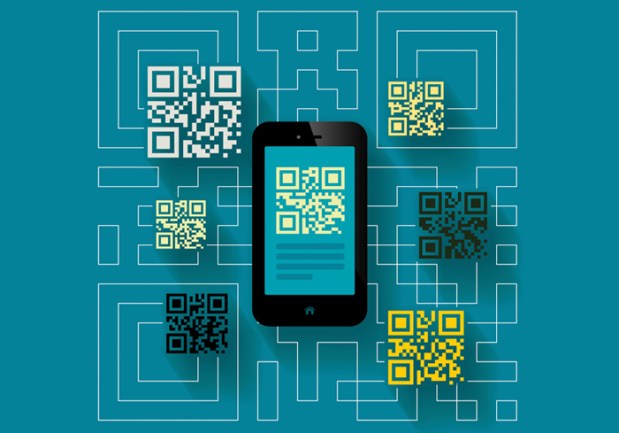Push Becomes Pull With QR Code Alternative

The QR code has had its place in retail, advertising and payments, but one Israeli tech company feels it’s time to take this low-tech solution high-tech.
Amir Darbi, founder and CEO of BrightCodes, concedes that it would be a long and difficult road for any new tech to replace the QR code entirely. In fact, ousting it may not even make sense in certain settings, like the developing economies in which the QR code has succeeded because of its low-tech nature.
Going mainstream as a payment method would require an established technical standard and wide consensus among players in the field, Darbi said. Those things take time, and while it may not be impossible in the long run, replacing the QR code for payments is not a practical go-to-market strategy for a new tech.
Instead, there are plenty of other use cases in which a QR code replacement could begin to drive benefits for retailers and advertisers alike. Darbi shared a few of the ways BrightCodes has been leveraging LED matrices to replace the static, printed matrix of the QR code.
Customer Experience
The in-store experience is a key motivator for consumers to shop offline, he said, because they certainly aren’t doing it for the price. That’s why so many retailers are introducing different technologies: to create a more connected experience within their brick-and-mortar walls.
Touch screens, in-store navigation, scannable QR code labels and mobile payments are all about driving that experience, Darbi explained. Technologies like these can funnel shoppers into the endless shelf or aisle of an online store, where they can then browse a wider selection and order items that are not currently in stock at the store. They can also add items to a virtual cart as they browse, and pay online in the retailer’s app without having to stand in the checkout line — a hybrid of the online, offline retail models.
The BrightCodes LED matrix could be used in conjunction with these concepts, he added. The bright lights are more noticeable than a static code, and can be scanned from 10 times further away, making it easier for customers to tap into that infinite aisle.
Advertising
Out-of-home advertising is a $35 billion market, Darbi said, and it may hold the greatest potential for BrightCodes’ particular technology.
Installing a Bright Code LED matrix on the frame of a billboard, on street signage or on posters could turn those static “push” experiences into dynamic “pull” interactions. Thus, marketers could turn their ads into interactive experiences that tie complementary digital information and mobile actions to them, such as “Scan to learn more” or “Scan to purchase.”
Darbi said a “pull” interaction sends a definite signal about the customer’s interests and buying intents. Logging scans and interactions allows brands to use that customer information to continue the engagement after the initial encounter, even if a purchase is not made immediately.
One of the most important things about which retailers should be thinking today is how they can add more “pull” to their “push” services, he added. Scannable LED matrices might be one effective way to do just that.
Payments Potential
In theory, a certain configuration of a Bright Code LED matrix could replace QR codes for payments at the point of sale, Darbi said — but, again, this use case could not see adoption on any sort of useful scale unless the tech gains enough traction to receive regulation and standardization.
There would also be a ubiquity hurdle to address. Today, if a retailer wants to use LED Bright Codes in the store, it must add the functionality to its existing mobile app using BrightCodes’ software development kit. Darbi said the company is working to develop its own generic, cross-market app to allow anyone without an app to deploy and leverage BrightCodes’ technology.
Even then, however, customers would have to know about and download the BrightCodes app to gain anything from it. True ubiquity would be another step beyond that: Just as smartphones now have QR scanning functionality embedded in their native camera apps, so, too, would those native cameras need to scan LED matrices for something like BrightCodes.
Even if customers aren’t scanning LEDs to pay, Darbi said interactions with these codes could be used to build a profile of individuals. This would enable retailers to offer personalized deals based on history and habits, as well as customization based on location. With personalization taking such a front-and-center role in retail today, there is definitely value to be realized there without rushing into payments.
